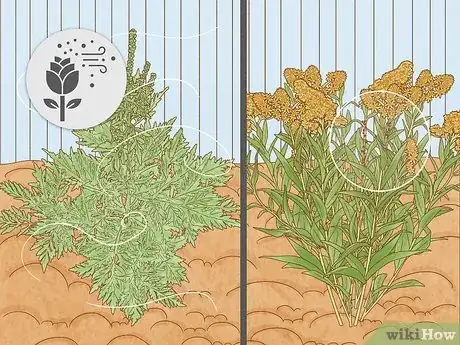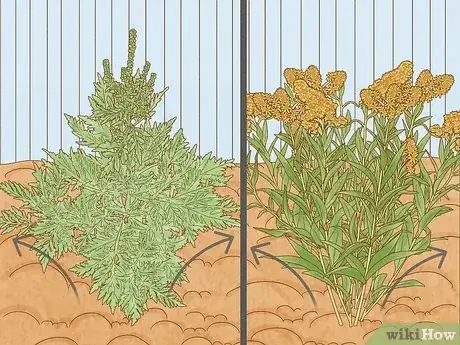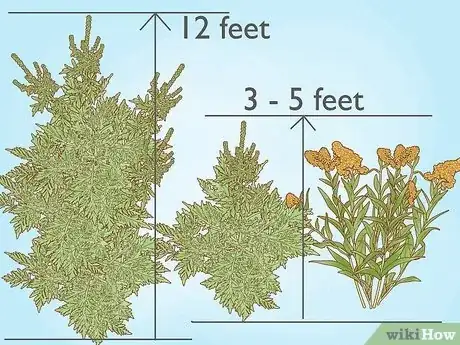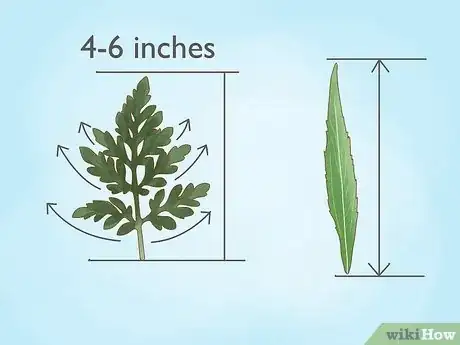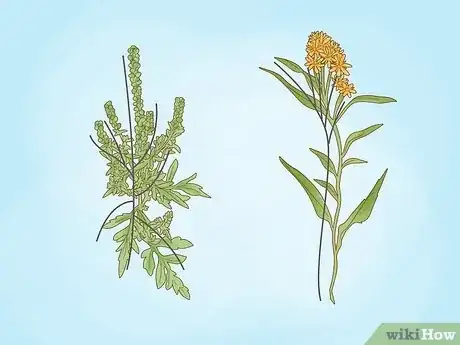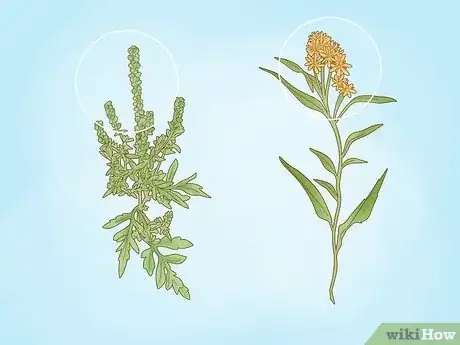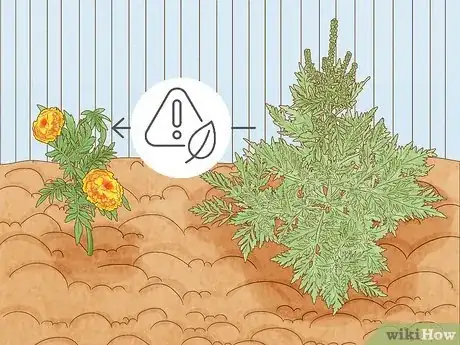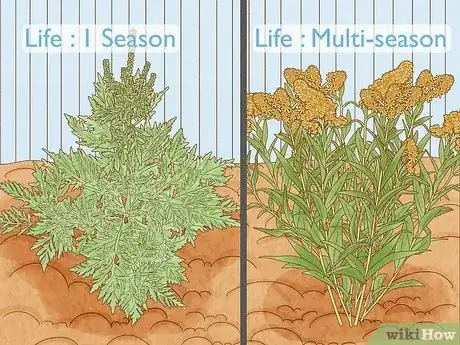This article was co-authored by Alan O. Khadavi, MD, FACAAI and by wikiHow staff writer, Finn Kobler. Dr. Alan O. Khadavi is a Board Certified Allergist and a Pediatric Allergy Specialist based in Los Angeles, California. He holds a BS in biochemistry from the State University of New York (SUNY) at Stony Brook and an MD from the State University of New York Health Science Center at Brooklyn. Dr. Khadavi completed his pediatric residency at Schneider Children’s Hospital in New York, and then went on to complete his allergy and immunology fellowship and pediatric residency at Long Island College Hospital. He is board certified in adult and pediatric allergy/immunology. Dr. Khadavi is a Diplomate of the American Board of Allergy and Immunology, a Fellow of the American College of Allergy, Asthma & Immunology (ACAAI), and a member of the American Academy of Allergy, Asthma & Immunology (AAAAI). Dr. Khadavi's honors include Castle Connolly’s list of Top Doctors 2013-2020, and Patient Choice Awards "Most Compassionate Doctor" in 2013 & 2014.
There are 15 references cited in this article, which can be found at the bottom of the page.
Because they bloom at the same time of year, ragweed and goldenrod are constantly grouped together as the causes of most people’s allergies. However, while they do have a few similarities, they’re not co-culprits. Ragweed is the plant responsible for most people’s sneeze attacks while goldenrod is not only harmless, it's medicinal! If you’re struggling to tell the difference between ragweed and goldenrod, keep reading. We’ll walk you through their similarities, give advice on how to tell them apart, and explain why one causes reactions while the other promotes health.
Things You Should Know
- Though many people confuse ragweed and goldenrod during allergy season, it's ragweed's pollen that's giving you the sniffles, not goldenrod.
- To spot the difference between ragweed and goldenrod, look at their branches and leaves. Ragweed has smaller leaves and more branches than its lookalike.
- Reduce your allergies this season by using the AC regularly and keeping a dehumidifier running in your home.
Steps
References
- ↑ https://www.oakdaleent.com/goldenrod-or-ragweed-whats-worse/
- ↑ https://hyg.ipm.illinois.edu/article.php?id=857
- ↑ https://acaai.org/allergies/allergic-conditions/ragweed-allergy/
- ↑ https://lifehacker.com/the-difference-between-ragweed-and-goldenrod-and-what-1847168303
- ↑ https://lifehacker.com/the-difference-between-ragweed-and-goldenrod-and-what-1847168303
- ↑ https://www.goerie.com/story/lifestyle/presque-isle/2022/08/25/goldenrod-ragweed-allergies-erie-pa-presque-isle-state-park/65417278007/
- ↑ https://www.britannica.com/topic/list-of-plants-in-the-family-Asteraceae-2040400
- ↑ https://gardenerdy.com/ragweed-vs-goldenrod-tips-to-identify-difference/
- ↑ https://redemptionpermaculture.com/the-difference-between-goldenrod-vs-ragweed/
- ↑ https://www.treesatlanta.org/news/goldenrod-buzzing-pollinator-wildflower-or-seasonal-allergy-nuisance/
- ↑ https://ufi.ca.uky.edu/Treetalk/invasive-characteristics
- ↑ https://lsuagcenter.com/articles/page1634306072232
- ↑ https://pubmed.ncbi.nlm.nih.gov/21710219/
- ↑ https://www.mayoclinic.org/diseases-conditions/hay-fever/in-depth/seasonal-allergies/art-20048343
- ↑ https://www.webmd.com/allergies/allergies-and-exercising-outside
- ↑ https://www.shpnc.org/blog/2022/04/04/fight-back-against-seasonal-allergies
